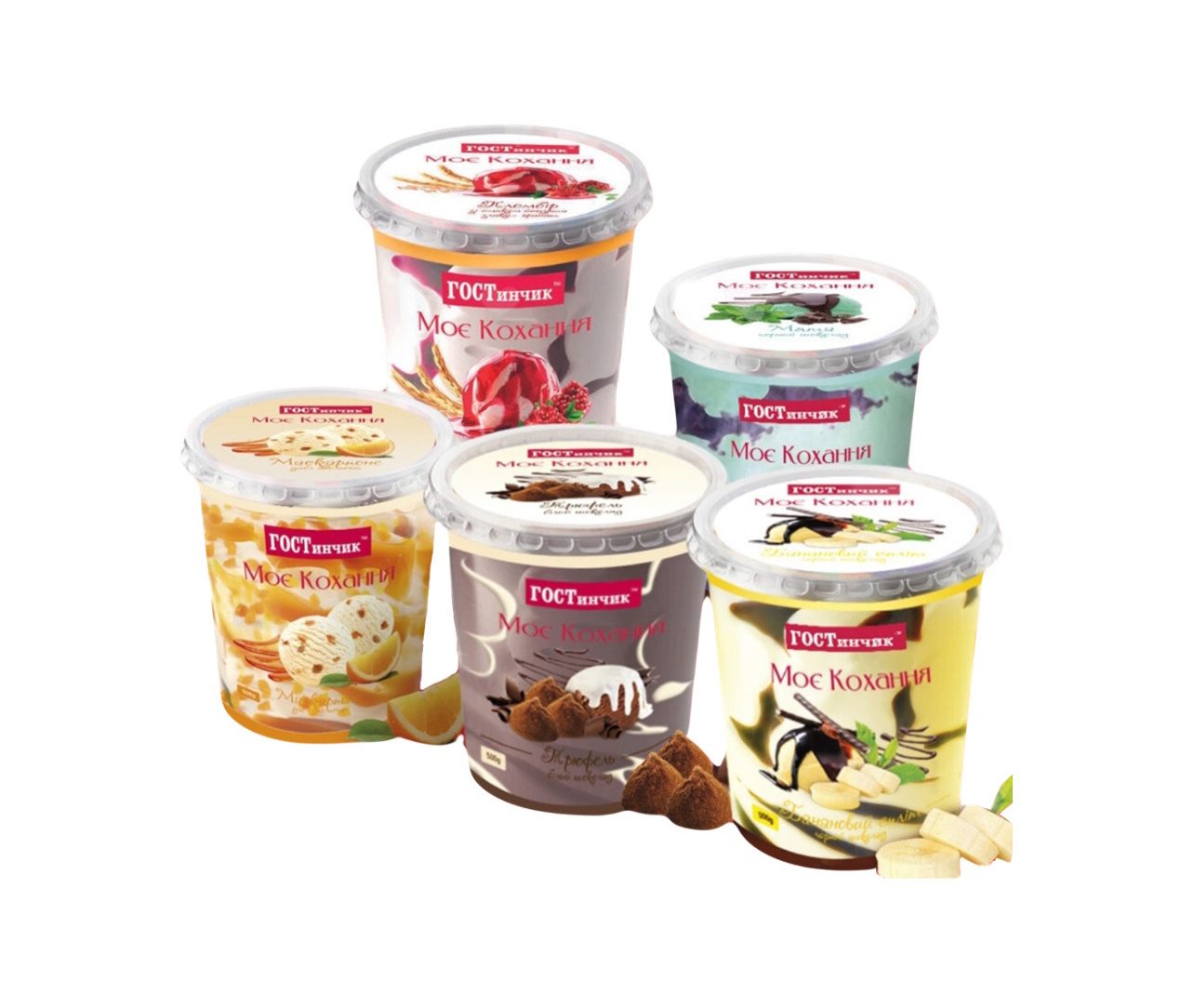
Plastic cups and ice cream containers: what to choose?
1 August, 2025Plastic cups and containers for ice cream: how to choose the best solution for business
Plastic packaging for ice cream — is not just the product's appearance. In the food industry, it performs dozens of functions: it protects, preserves, assists with logistics, and forms a first impression for partners. This is especially true for ice cream — a product that requires a stable temperature regime, reliable sealing, and, at the same time, an attractive presentation.
In this article, Plast-Mould specialists share practical advice on choosing ice cream packaging: what types of plastic containers are suitable for filling, how plastic cups for ice cream differ from containers, what materials are used to make the packaging, and how to choose the right solution for the scale of your production.
Cup or container: what's the difference?
Before choosing packaging, you need to clearly answer the question: what tasks is it needed for? If you produce ice cream, you are most likely working with either single-serving or bulk packaging. These two approaches determine the choice between an ice cream cup and a container.
Plastic cups for ice cream:
- Used for single-serving packaging.
- Most often have a colored base.
- IML labeling is an option.
- Well-suited for display or individual sales at points of sale.
- Often used in supermarket chains, cafeterias, and summer ice cream stalls.
These plastic cups for desserts — are not just packaging, but a convenient and hygienic solution for portioning that ensures comfortable consumption and protects the product during sale and transportation.
Containers for ice cream:
- Come in small sizes, from 160ml, and large plastic containers up to 1.5l.
- Buckets with handles are also available, from 0.5 l to 5.6 l.
- Ideal for wholesale filling, freezing, and transportation.
- Often used in the HoReCa sector: restaurants, hotels, and large cafes.
- Convenient for stacking and transportation.
- Versatile: can be used not only for ice cream but also for sauces, purees, paint, and chemicals.
Plastic packaging for ice cream in the form of containers — is a functional production tool that allows you to work efficiently with different volumes, optimize logistics, and comply with sanitary standards when storing the product.
What material is the packaging made of?
For the production of packaging used for ice cream filling, the choice of material is key. It must be safe, resistant to low temperatures, and convenient for use in production. The plastic packaging manufacturer Plast-Mould uses polypropylene (PP) — a food-grade plastic that is optimally suited for deep freezing, because it:
- does not deform at low temperatures;
- maintains its shape and transparency;
- does not affect the taste or smell of the product;
- complies with standards for plastic packaging for food products.
Thanks to these properties, polypropylene ensures the stability of the shape, hygiene, and safety of the product throughout the entire storage and transportation cycle.
How to choose the right packaging for ice cream?
When choosing packaging, it is important to consider not only its appearance or volume, but the entire logic of the production process: from filling to transportation and the point of sale. That is why businesses should evaluate packaging strategically — as a tool that influences business efficiency.
Product volume
The first criterion — is how much ice cream you plan to package in a single unit. For standard servings, plastic cups are well-suited, which are convenient for packaging around 500g of product. They have IML labels that will make your product stand out and are suitable for wholesale sales. If the packaging volume is smaller or larger, it is more appropriate to choose ice cream containers — the assortment includes different sizes, which allows you to adapt the packaging to your production process and logistics. In some cases, food-grade plastic buckets are also used, particularly for bulk batches or warehouse storage.
Sales format
For retail sales, plastic cups are better suited: they are lightweight, look attractive on the shelf, and are suitable for branded design. If you are a large wholesale manufacturer, supplying products to the HoReCa sector or supermarkets, a plastic cup will be optimal — with a focus on volume, reliability, and branding.
Convenience of transportation
It is equally important to consider how the products will be stored and transported. Ice cream containers have an advantage: due to their dense shapes, they stack conveniently in boxes, do not deform, and easily handle loads. Meanwhile, cups require more careful packaging.
Visual identity
Packaging forms the overall impression of the product and brand. Plastic cups look concise and neat, and are suitable for applying a logo or a colored IML label. Ice cream containers are usually designed in a more restrained manner, but they can also be personalized to match the company's visual style.
Technical compatibility
The chosen plastic containers for ice cream must be convenient not only for the buyer but also for your equipment: is this packaging suitable for automatic filling lines? Does it fit in refrigeration equipment, freezers, and transport containers? Does it allow for stacking on pallets? All these points should be calculated in advance to avoid unnecessary costs for adaptation.
Cups and containers have different roles, and your choice depends not on trends or competitor advice, but on the internal logic of your production. For some, a compact cup with a branded label will be effective, for others — a practical container. Ideally — combine both formats: this allows you to expand your sales markets and be flexible when working with different partners.
And to ensure stable and high-quality work, it is important to cooperate with a supplier who guarantees accuracy, reliability, and flexibility in production processes. Plast-Mould offers plastic products from the manufacturer that meet modern production and market requirements. Choose reliable packaging — contact us to get a solution that meets your technological tasks and business goals.